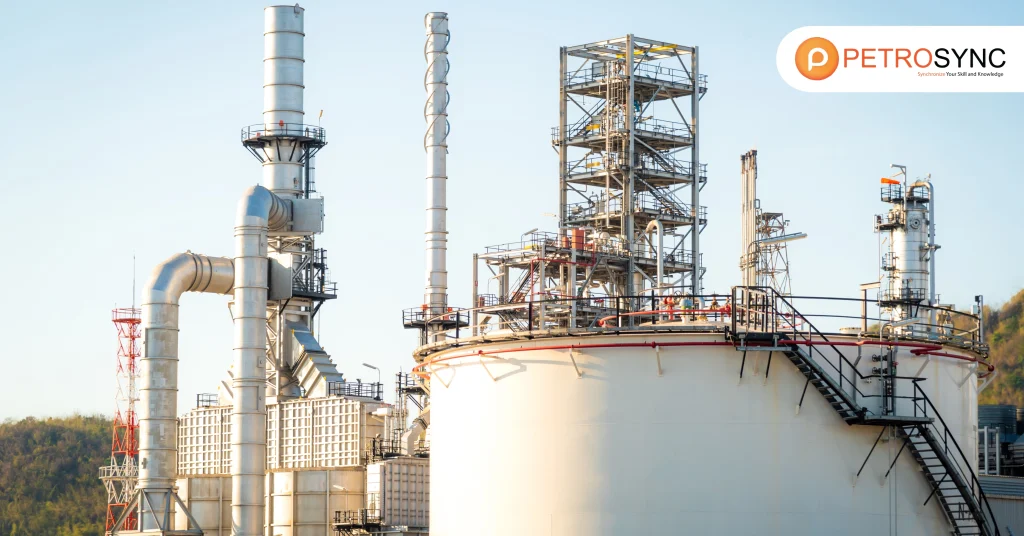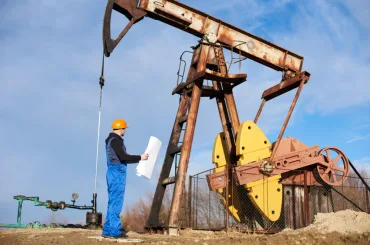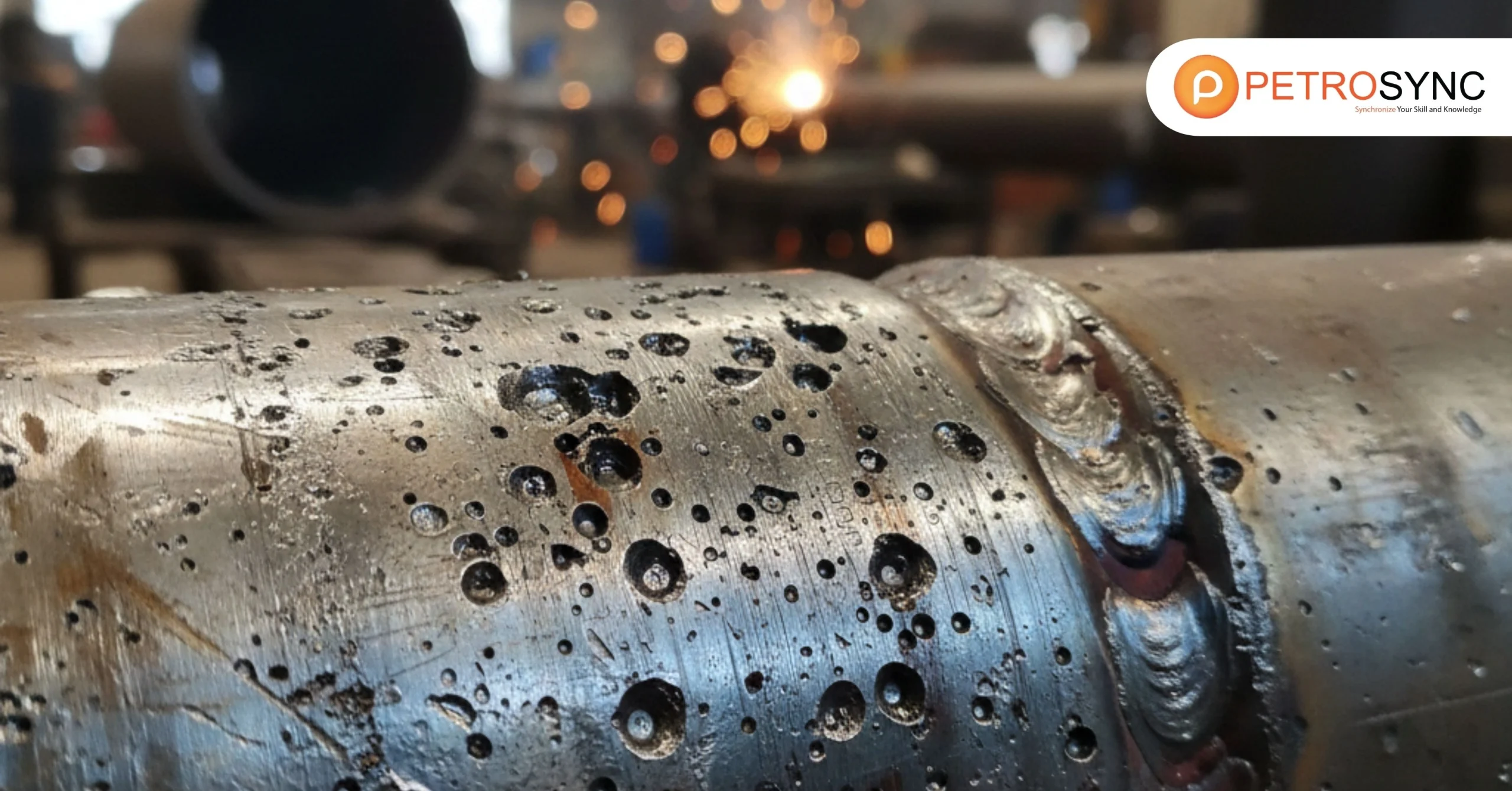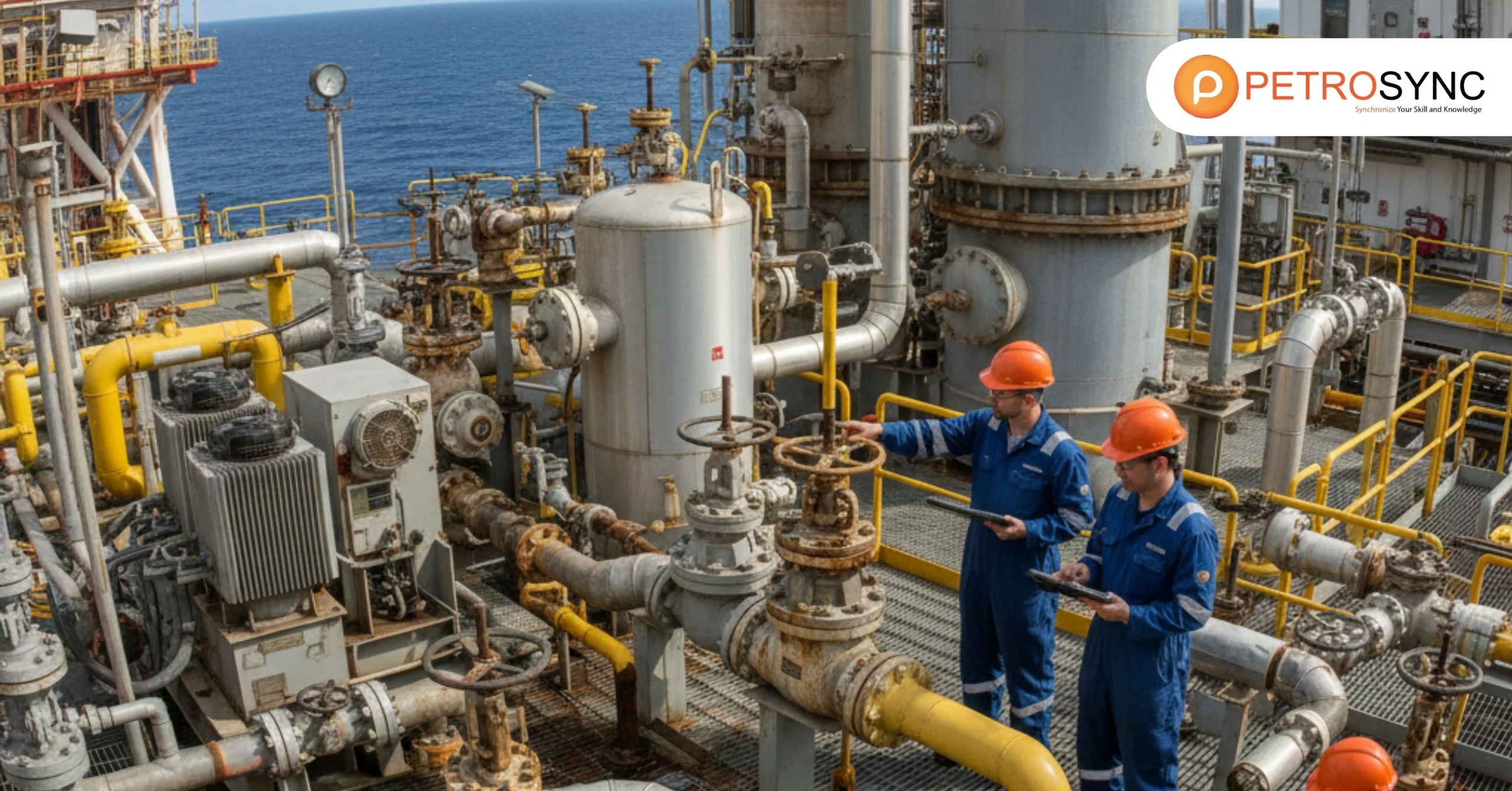The efficient operation of crude oil tankers is a crucial element in the global oil supply chain. From oil production to transportation and refining, each step in this process requires precision and efficiency. The role of crude oil tankers in this chain cannot be overstated. They enable the movement of large quantities of crude oil across oceans.
Facilitating the global distribution of oil to refineries, where they transform it into usable products such as crude oil gasoline and other petroleum products. The logistics of crude oil transportation have a significant impact on crude oil inventories, a key factor in managing the supply-demand balance.
By optimizing the efficiency of tanker operations, companies can minimize transportation costs, reduce environmental impacts, and ensure that oil reaches its destination on time. Moreover, the size, speed, and type of oil tanker chosen for a particular shipment can affect crude oil futures and the overall crude oil price on the market.
What is a Crude Oil Tanker?

A crude oil tanker is a specialized vessel used to transport unrefined oil from extraction sites, such as offshore rigs and oil fields, to refineries. Designers equipped these ships with multiple large tanks, enabling them to carry vast quantities of oil, ranging from hundreds of thousands to millions of barrels.
Crude oil, an unrefined and raw form of petroleum obtained from beneath the earth’s surface, requires processing before it can be used in products such as gasoline, diesel, or jet fuel. The term “crude oil” specifically denotes petroleum in its natural, unprocessed state.
Crude oil tankers are specialized vessels designed to ensure the safe and efficient transportation of crude oil from its source to the refinery where it will be processed. They use advanced technologies to prevent leaks, reduce environmental risks, and keep the cargo intact throughout the journey.
What are the 2 Types of Oil Tankers?
There are primarily two types of oil tankers: Very Large Crude Carriers (VLCCs) and Ultra Large Crude Carriers (ULCCs). Each type of tanker serves a different purpose based on the size of the shipment and the distance it needs to travel.
1. Very Large Crude Carrier (VLCC):
Shipping companies commonly use VLCCs to transport crude oil. These tankers carry capacities ranging from 200,000 to 320,000 deadweight tons (DWT). These ships are used for long-haul transportation, typically between oil-rich regions like the Middle East and major oil-consuming nations such as the United States or China.
2. Ultra Large Crude Carrier (ULCC):
ULCCs are the largest tankers, with a capacity of over 320,000 DWT. These vessels are used for transporting crude oil to large refineries or storage facilities, especially in regions where large quantities of crude oil are required.
The designers specifically create both types of oil tankers to maximize cargo capacity while adhering to strict environmental and safety regulations. The crude oil type they carry—ranging from light sweet crude to heavy sour crude—require different handling and transportation methods, affecting everything from ship design to the operational procedures during transport.
How Big is a Crude Oil Tanker?
Crude oil tankers come in a variety of sizes, with the largest vessels being ULCCs, which can reach lengths of up to 400 meters (1,312 feet) and widths of 60 meters (197 feet). To put this into perspective, these vessels are as long as four football fields and as wide as a 10-lane highway.
The immense size of these tankers allows them to transport up to 2 million barrels of crude oil in a single trip, making them highly efficient for long-haul voyages. However, the size also brings challenges in terms of navigation and maneuverability. For example, large tankers need deep waters to operate effectively, and navigators must carefully guide them through narrow channels, especially when they enter ports or dock.
Given their size, crude oil tankers also need advanced propulsion systems, more fuel, and larger crews, contributing to higher operational costs. Yet, the greater capacity of these vessels helps to keep per-barrel transportation costs lower, which is a crucial factor in maintaining the competitive pricing of crude oil on the global market.
What is the Largest Crude Oil Tanker?
The Seawise Giant, later renamed Jahre Viking and Knock Nevis, holds the record as the largest crude oil tanker ever built. This supertanker measured an impressive 458 meters (1,504 feet) in length and could carry over 4 million barrels of crude oil. The Seawise Giant held the title of the largest ship ever built until its decommissioning in 2009.
While the Seawise Giant is no longer in operation, its legacy remains as a symbol of the extreme scale that crude oil tankers can achieve. Today, the largest tankers in service are ULCCs, but they are smaller than the Seawise Giant, with a typical length of around 360 meters (1,181 feet).
Designers are now creating modern tankers with greater fuel efficiency, more advanced safety features, and improved environmental standards, despite the size advantage. This evolution in tanker design helps mitigate some of the challenges associated with transporting massive quantities of crude oil.
How Much is a Crude Oil Tanker?
The cost of building a crude oil tanker depends on its size, design, and technological features. A new VLCC typically costs between $80 million and $120 million, while an ULCC can cost upwards of $200 million. In addition to the construction cost, ongoing maintenance, staffing, insurance, and operational.
Expenses contribute to the overall cost of owning and operating a crude oil tanker. Companies involved in the transportation of crude oil must invest in infrastructure to ensure a steady and reliable supply chain.
People consider oil tankers valuable assets, and their value can increase over time depending on market conditions, demand, and global crude oil price fluctuations. For companies operating in the oil and gas industry, the ability to optimize tanker efficiency and reduce operational costs can significantly impact overall profitability.
How Fast is a Crude Oil Tanker?
A typical crude oil tanker travels at speeds between 13 and 15 knots (24 to 28 km/h). Experts consider this speed optimal for maximizing fuel efficiency while minimizing wear and tear on the ship. Faster speeds result in higher fuel consumption, which increases operational costs and impacts profitability. The crude oil futures market also directly influences the speed of a crude oil tanker.
Delays in oil delivery can cause price fluctuations in crude oil and create market volatility. Since crude oil tankers often travel long distances—sometimes over 30 days to reach their destination—maintaining a steady speed is crucial to keeping transportation costs under control and ensuring that crude oil inventories remain stable.
Join PetroSync Training for Expert Insights in the Oil Industry
As the oil industry continues to evolve, staying informed about the latest developments in tanker operations and the global crude oil market is essential. By joining PetroSync Training, you can gain expert insights into the latest trends and technologies in the oil sector.
Whether you’re looking to improve tanker operational efficiency, understand the impact of crude oil pricing, or learn about crude oil brent and its role in the global market, PetroSync offers comprehensive training programs designed to equip professionals with the knowledge they need to succeed.

Results-oriented and thorough SEO specialist with extensive experience in conducting keyword research, developing and implementing digital website promotion strategies and plans, managing campaigns to develop company websites in the digital world, excellent knowledge of marketing techniques and principles, and attentive strong attention to detail.







